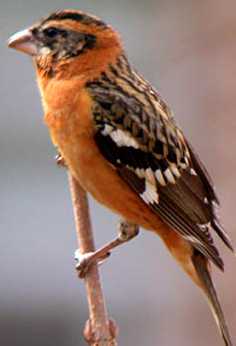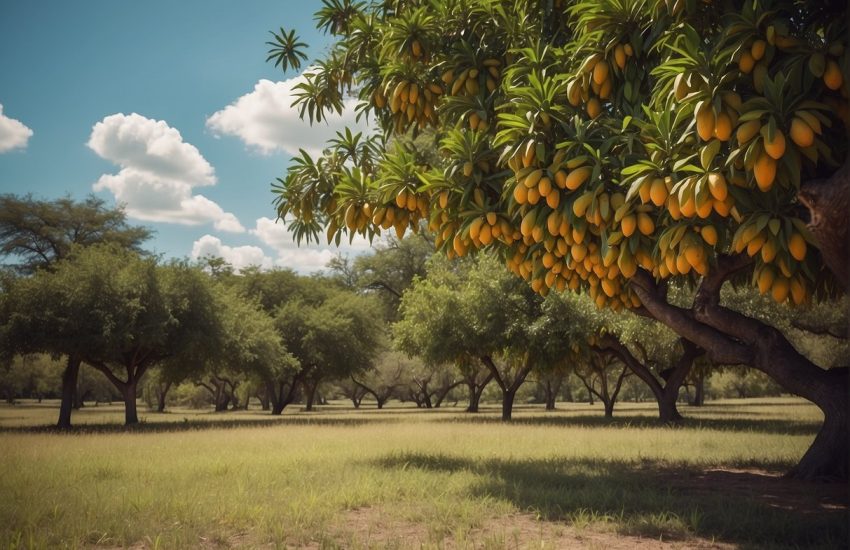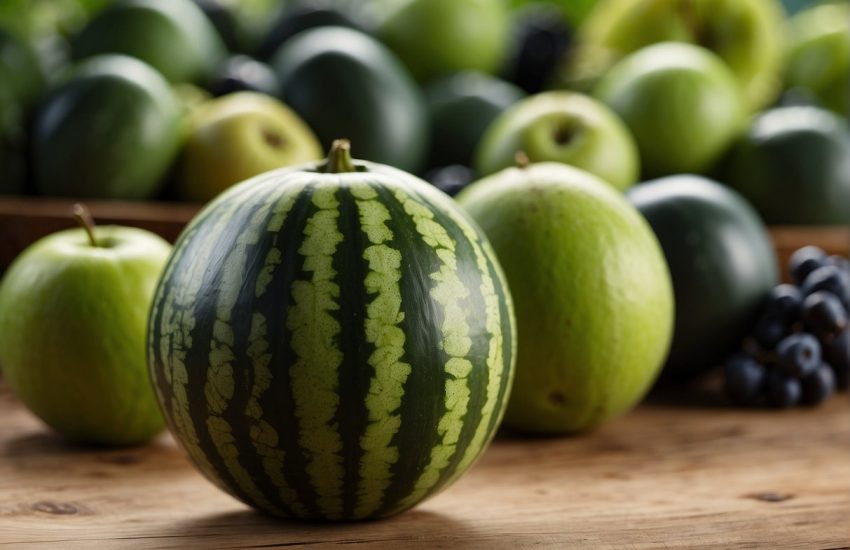Benefits of Naturescaping
There are many benefits to naturescaping, whether practiced in place of or in addition to traditional landscaping. Here we present a few, and please recognize that the importance of any one of these will vary depending on one’s personal perspective.
1. Low Maintenance – Compared to lawns, manicured shrubbery or bark-mulch covered beds, naturescapes are tremendously low in maintenance. Native plants grow well together (they evolved growing along side one another) and to predictable sizes. They do not need watering (except during establishment), nor do they require chemical fertilizers or any of the commercial biocides – herbicides, insecticides, fungicides – they are adapted to local conditions and to local “bugs” … . They also do not require raking because leaves in a naturescape are a soil builder, weed suppressor and natural fertilizer. Are there better ways to spend your time besides yard maintenance?
There is also a cost associated with maintaining a traditional landscaping (more on that below) and there is, of course, the noise. How many of you have been woken up on a peaceful weekend
morning by the sounds of a mower or blower or trimmer? Can you recall a quiet afternoon when you wanted to nap or had friends over for a bar-b-que and just then the neighbor launched into the noisy maintenance routine? Is all that noise necessary? Really?

A better use of your time?
2. Public Health (lowers cancer rates) – Lawns and bark-mulch beds (particularly those frequently created in commercial landscapes) are notorious for using copious amounts of synthetic chemicals – pesticides and fertilizers. Have you ever considered how all those commercial planter beds stay so weed free? It is not divine intervention nor frequent manual labor, but rather chemical pesticides – some so strong that their instructions say apply once a year. Studies from Yale University indicate that the average suburban lawn is deluged with 10 times as much chemical pesticide per acre as farmland.
And every time it rains, what happens? Those chemicals run-off into our waterways, winding up in the drinking water of someone downstream or in fish or plants eaten by people (or otherwise negatively impacting environmental health). Municipal water treatment systems may add chlorine to kill bacteria, but they do not test for nor treat synthetic pesticides – some of which are suspected carcinogens and/or mutagens (a “mutagen” is a chemical that causes mutation, for example, a birth defect). The negative public health consequences of synthetic chemicals is not limited to pesticides. Fertilizer run off is known to foul water supplies, create algae blooms and kill fish, etc. In a recent watershed study in Mississippi, it was found that nearly one-half of nitrogen fertilizer and nearly one-third of phosphorous fertilizer ran-off from its intended location and into local waterways. Naturescaping eliminates this run-off because chemical pesticides and fertilizers are not required.
The negative health impacts of traditional landscape maintenance also includes air pollution, from exhaust fumes and chemical drift, and noise pollution. Mowers emit 10-12 times as much pollution as a typical auto; string trimmers 21 times and blowers 34 times. Noise pollution robs people of precious relaxation, thereby maintaining and even increasing stress levels. What’s wrong with a quieter, more relaxing weekend?
Naturescaping reduces both air and noise pollution because once a naturescape is established there is virtually no mechanized maintenance.
3. Saves YOU Money – Need we say more??? While the cost of installing a naturescape may be comparable to that of installing a lawn with a couple of shrub beds, the cost of maintaining a naturescape is dramatically less. Since naturescapes effectively take care of themselves, there is little or no maintenance and hence little or no maintenance cost. Accordingly, costs associated with maintaining a traditional landscape come as an “additional” expense not incurred in naturescaping. The U.S.Environmental Protection Agency estimates that the cost of maintaining an average lawn is $700/year. Add shrubs and/or flower beds and the cost goes up. Add irrigation and the cost goes up considerably. Irrigation
systems for a 1/2 acre lot can run $10K.
What else could you do with that money? Take yourself out to a dinner regularly, take a vacation,
buy something for yourself or loved ones, invest it? Please also note that the average household lawnmower is used 40 hours per year – the equivalent of a one week vacation. Smaller lawn? No lawn? What else could you do with your time and money?

Throwing money away?
This message applies equally well to commercial and municipal land owners or managers? What if you could reduced costs by up to 90% without losing the features you or your customers want? What would that mean for your bottom line?
From a time and cost (and pollution) standpoint, our over-abundance of turf lawn, non-native shrub beds and irrigation systems is simply not justified.
4. Water – It is staggering to learn that 60% of water consumed on the West Coast, and 30% on the East Coast, goes to watering lawns. U.S. News and World Report states that a 1000 sq. ft. lawn (for example, 20′ x 50′) requires 10,000 gallons of water per summer to maintain a “green” look. In the west, whole rivers are bleed dry for watering. In communities across the U.S., irrigation is mandated in building codes, further perpetuating this wasteful practice.
What is the cost? What is the morality? In the Pacific Northwest, water diversion is considered one of the major causes for the dramatic decline and near extinction of salmon. Across the country, the “salmon” story is being repeated, though with other species. In addition, as we continue our wasteful practices with water, taking it out of streams and rivers and returning it with chemical pesticides and fertilizers, we diminish water quality everywhere – creating a shortage of good quality water. Communities that have not secured a water source “high up” in local mountains, often have little recourse but to drink water of lesser quality.
As to the financial cost of wasteful water practices, this is reflected in ever increasing water
bills and property taxes (through which facilities improvements are paid).
Naturescapes do not require permanent irrigation and hence to not contribute to wasteful and costly water practices of the past.
5. Song Birds – Where have all the song birds gone? … Our songs birds inlcude Warblers, Grosbeaks, Tanagers, Thrushes, Hummingbirds, and many others. Many of these birds migrate to Central America in the winter and return here for the summer to produce their young.
The winter habitat of these birds is being lost to coffee plantations (buy shade grown coffee!) and other, primarily agricultural, uses. The summer habitat of these birds is being lost to urban and agricultural development
and monoculture forestry practices. Populations of all of our migratory song birds are dropping and there is no end in sight. American Goldfinch populations have dropped 6.2% per year during the last 30 years. Swainson’s Thrush populations have dropped 8.4% per year over that same period. These declines are not exceptional, but unfortunately, representative. Similar declines are being experienced by all of our migratory song birds.

Song Bird – Black Headed Grosbeak
It is your courage in planting a naturescape, a little deviation from the norm, that will ensure a legacy to our children and their children that includes the color, sound, flight fascination, and (excuse the pun) up-lift that comes from birds, and the similar joy that comes from other creatures.
Closing Comment
From the above, you can see that there are many benefits to landscaping with native plants. It will save you money. It will save you time. It is healthier for you
and for others. It enhances the livability of the place you live in, and fosters relaxation and recreation. It preserves bio-diversity (birds, fish, etc.) and may increase property values. And it is sure to bring onto you the admiration of the next generation – who will also benefit greatly from your foresight and courage.
Yes, it is new, and there is always a bit of a challenge with learning something new, but it is very “do-able,” there are no wrong steps and the reward is very special. Power to you!


